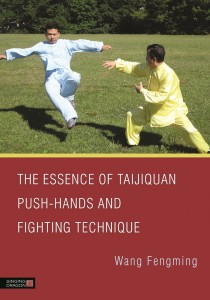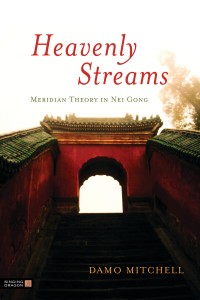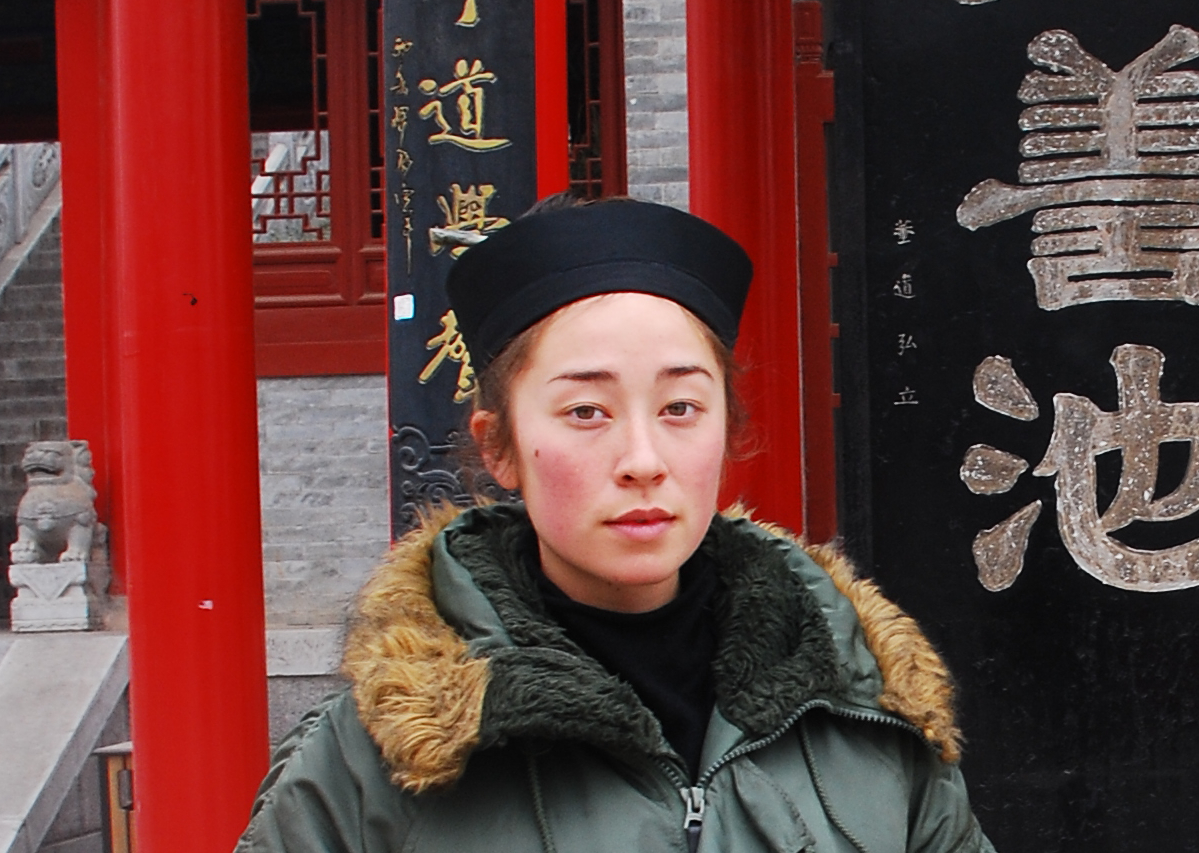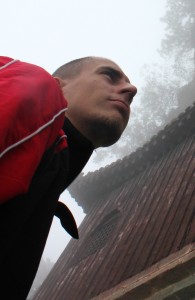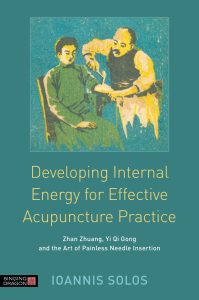 It is a common theory in all the Chinese internal styles that the qi of the dantian must reach the tips of the fingers, although, how this is accomplished may differ majorly among different arts. The purpose is to make the strikes felt deep within the opponent’s body without damaging your hands. The training of such a skill, besides the internal cultivation practices, usually involves some form of punching or hitting to strengthen the ligaments of the hands, and also to make the hits (and touch) soft, powerful and precise, able to reach deep inside.
It is a common theory in all the Chinese internal styles that the qi of the dantian must reach the tips of the fingers, although, how this is accomplished may differ majorly among different arts. The purpose is to make the strikes felt deep within the opponent’s body without damaging your hands. The training of such a skill, besides the internal cultivation practices, usually involves some form of punching or hitting to strengthen the ligaments of the hands, and also to make the hits (and touch) soft, powerful and precise, able to reach deep inside.
Crossing over to healing, such a skill is also very important, because in your tuina you need to protect the health of your hands from harm, and in acupuncture also ensure that you have the correct kind of energy that reaches deep inside the patient’s body to activate the points and channels.
The best tuina manuals usually offer some Neigong exercises designed to cultivate the right skill. Most of them include rigorous meditation while the hands work on a sand bag or a variety of other equipment. However, even such important skills become quite rare these days, because it may take some time to acquire them.
But let’s see some old exercises:
Exercise example 1: A traditional old Beijing Tuina method for teaching the hand method for the character for grasping (拿) was as follows:
“A small bucket of water was immersed inside a bigger bucket of water. The handle of the smaller bucket was attached through a leather cord to the outstretched hand of the practitioner, palm facing down. During this exercise the student had to sink the Qi to the Dantian, and then by using the round force (浑圆劲) of the whole body pull the bucket out of the water and then insert it back into the bigger bucket, without any spillage. After achieving the comfort force and the ability to assume a balanced and energy conserving posture, they would have to start meditating upon the character for grasping (拿) for the hands and rise and sink (沉-浮) for the body. Most of this exercise is happening first mentally and then physically. Movement should be soft and focused.”
Exercise example 2: This is an exercise used for the method of hitting (打) the back of the patient by using a split bamboo stick. For this skill, if the amount and type of force is not correct, it can result to damaging the muscles, skin and ligaments of the patient. An old Beijing exercise for this was as follows:
“The doctor assumes the Hun Yuan position, holding a split bamboo stick, or a Taiji long ruler, or just merely visualizing holding one. The Qi sinks to the Dan Tian, and the doctor relaxes every part of his body, until achieving a feeling of being suspended up from strings attached to the body, much like a puppet. The doctor should visualize being inside a Great Balloon that has its center in the Dantian. The outer walls of this “Great Balloon” have many hooks and barbed wire, which prevents it from moving towards any direction. The doctor however, should try to mentally move it by using his intention (意) but not any physical force, while working out all the related energetic contradictory forces (矛盾力) within his body frame. While moving the sphere with the power of the Dantian, the stick always follows the movement of the whole body, but never leads or dictates the direction. At the point (点) where the movement of the whole body stops and changes direction, the doctor should be meditating on developing the correct snapping force that is needed in hitting the back of the patient with the split bamboo stick. Most of this exercise is happening mentally, rather than physically. Movement should be soft and slight.”
In a similar way, internal cultivation for acupuncture needling should have a specific healing purpose, direct effect and an exact training methodology, based on appropriate understanding and application of Chinese energetic theories and correct body mechanics. This training should be primarily and directly applied towards treatment, exclusively in the clinic, as an unambiguous and solid therapeutic skill, where rational theory can be coupled with reasonable and consistent benefits, for both the healer and the patient.
In my latest book, Developing Internal Energy for Effective Acupuncture Practice I have included a complete training regime for assisting the energy aware practitioners to enhance their needling skills and transform their medicine into an extraordinary experience. With time and effort, perhaps one can discover the fine subtleties of the system at the energetic level.
Disclaimer: This article provides only simplified instruction for the above exercises, and purely for the sake of theoretical discussion. You should not attempt any of these without professional guidance from a certified teacher. The author of this article and the owner of this blog are not responsible for any harm that may be inflicted through the erroneous application of the information provided in this article.
~~~
Ioannis Solos studied Traditional Chinese Medicine at Middlesex University and the Beijing University of Chinese Medicine. He enjoys researching, teaching, practicing and critically interpreting the ancient philosophy and culture of China, internal martial arts, health preservation practices, classic medical texts and lesser-known Chinese esoteric traditions.
